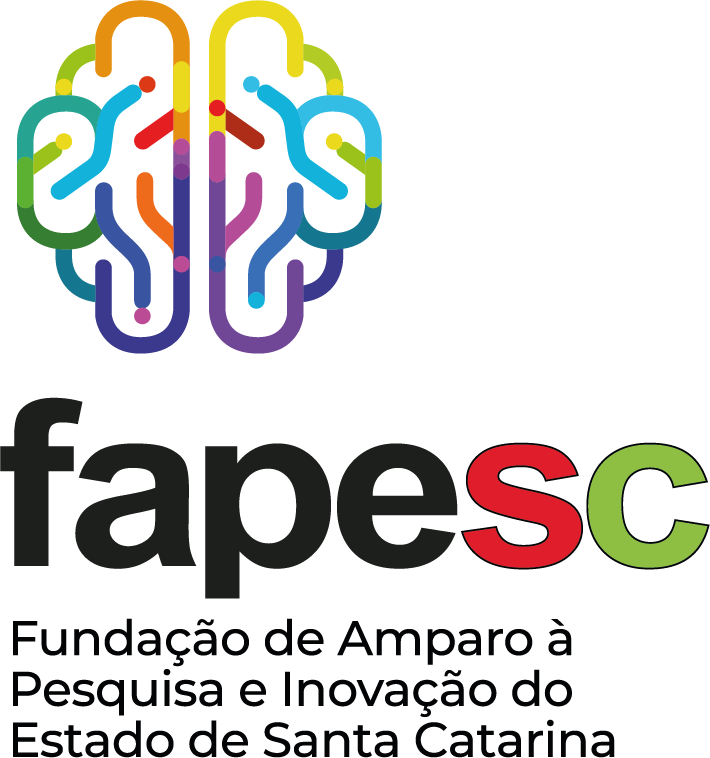Research
Fenton
Preparation and characterization of new non-symmetric ligands and their respective metal complexes related to the development of new anti-tumor agents, radiopharmaceuticals, and functional models of metalloenzymes with possible applications in biotechnology, biomarkers for diagnostic exams, and therapies.
Professor Dr. Adailton João Bortolluzi
Bioinspired Metallohydrolases and Catecholases
The research is related to the synthesis and complete characterization of coordination compounds, covalently anchored to non-coordinating groups such as protonated diamines, which are used as the supporting skeleton of biomimetic systems. Synthetic chemical modifications of the diamines, with the introduction of organic functional groups such as naphthalene, anthracene, pyrene, etc., allow us to study the secondary effects (second coordination sphere) of non-coordinating groups on the catalytic activities of the compounds’ hydrolase and catecholase. Finally, the anchoring of molecular residues capable of specifically and efficiently intercalating DNA base pairs (A-T and G-C) allows us to evaluate the compounds as potential new anti-tumor agents.
Professor Dr. Rosely Aparecida Peralta
Photochemistry of organometallic compounds
The development of metal-carbonyl complexes as carbon monoxide-releasing molecules has been a focus of study. The use of light to initiate the release of carbon monoxide (PhotoCORM) from the carrier molecule using different coligands has been explored for its biological potential in the context of treating vascular diseases and antibacterial chemotherapy. In addition to optimizing the CO release parameters, such as excitation wavelength and release kinetics, which are controlled by appropriate combinations of metal-coligand, our research focus is increasingly aimed at improving the bioavailability of our CO-releasing molecules, which involves systematic variation of the external ligand periphery.
Professor Dr. Rosely Aparecida Peralta
Agradecimentos – Apoios Financeiros













